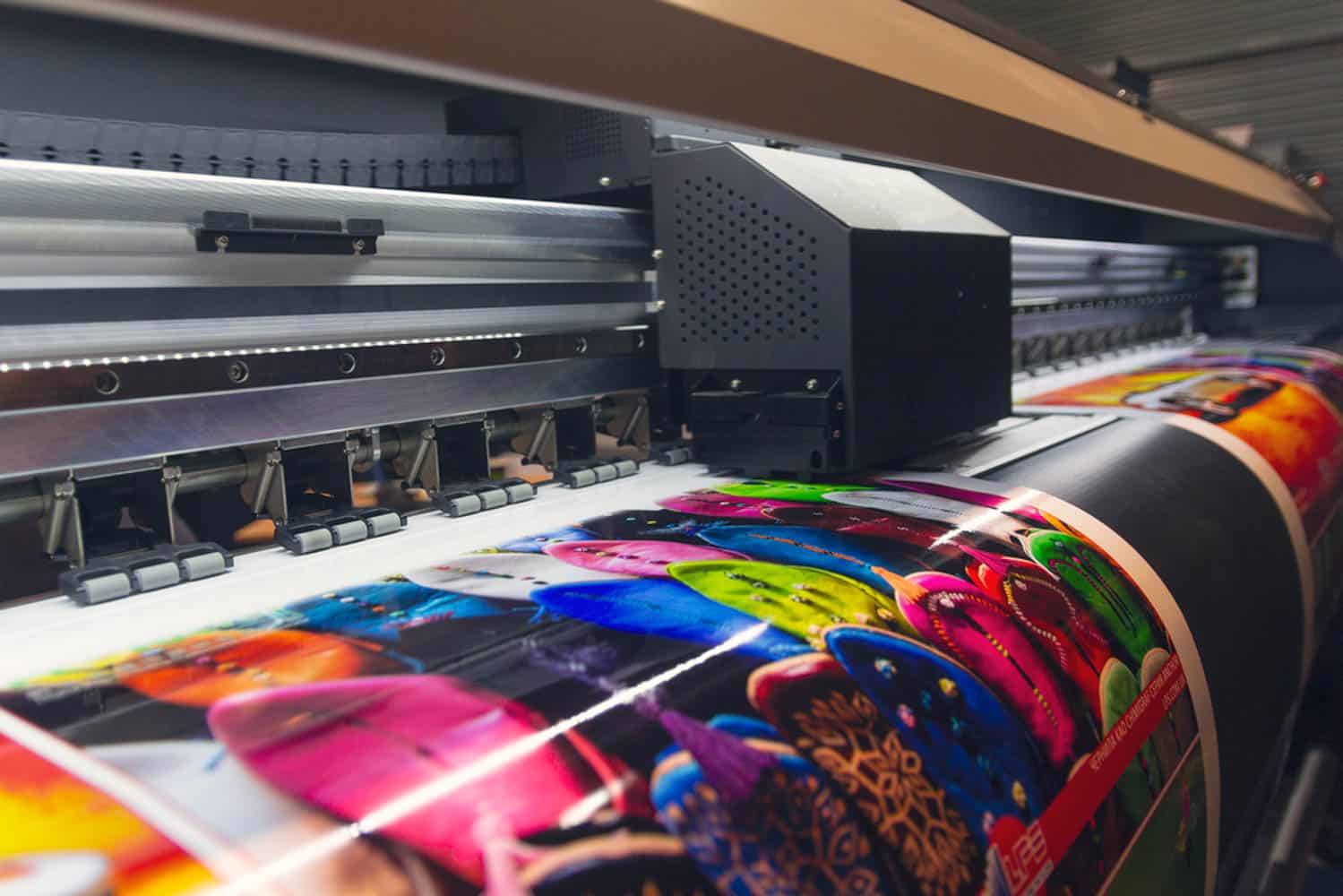Recognizing Just How Digital Printing Changes the Printing Industry
The printing market, long soaked in standard methods, is going through an extreme improvement with the advent of digital printing. With its prospective to stimulate involvement with personalized content and to use sustainable services, it's clear that digital printing is more than a technological advancement; it's a pivotal video game changer.
The Evolution of Digital Printing: A Short Introduction
Given that its inception, electronic printing has actually gone through substantial transformations, continually revolutionizing the printing market. With the advent of the 90s, digital printing innovation started to develop, and the industry observed the introduction of direct imaging presses, which eliminated the requirement for publishing plates. As the brand-new millennium unravelled, improvements in innovation better spurred the development of digital printing, leading to the production of high-speed inkjet printers.

Unpacking the Technology Behind Digital Printing
Delving into the details of electronic printing technology, one comes across an abundant tapestry of advanced equipment and complex formulas. At the heart of this process exists a digital image, which is refined by software program that splits it into a grid of dots. This complex system, reinforced by sophisticated software program and high-resolution imaging, has changed the landscape of the printing sector, leading the method for extraordinary levels of information and precision.

The Advantages of Digital Printing for Companies
Understanding the innovation behind digital printing supplies a clear image of its accuracy and detail. For services, this translates into numerous benefits. Digital printing supplies extraordinary speed, enabling companies to meet tight due dates without compromising on high quality. Next, it minimizes prices as there are no plates or physical setup, making it excellent for small-volume printing tasks. Moreover, this modern technology uses remarkable uniformity with each print outcome, eliminating variations frequently seen in conventional methods. Digital printing is environmentally friendly, making use of much less ink and creating much less waste. The full capacity of digital printing is realized when used for personalization and customization, a topic that will be covered in deepness in the following area.
The Function of Digital Printing in Customization and Personalization
While standard printing techniques struggle with customization and personalization, electronic printing succeeds in these locations. It allows for the simple modification of styles, without the need for costly and time-consuming plate discover this adjustments (print on demand). This makes it possible for companies to tailor products to individual customers, conference particular demands and improving client complete satisfaction
Digital printing likewise permits for variable information printing, where elements such as text, graphics, and images might be altered from one published item to the following, without decreasing the printing procedure. This is specifically useful for direct advertising campaigns, where personalized messaging can considerably boost reaction prices. In this means, digital printing not only transforms the printing industry however likewise transforms the method companies interact with their clients.
Evaluating the Environmental Influence of Digital Printing
Although digital printing has actually been lauded for its role in modification and personalization, it is crucial to analyze its ecological effect. Digital printing can be much less inefficient than standard methods, because it runs on a 'print on need' basis, getting rid of the need for huge print runs that can result in excess and waste. While electronic printing has many benefits, its environmental impact must be conscientiously handled.
Final thought
Finally, electronic printing has transformed the printing industry, providing quick, economical, and high-grade services. It facilitates personalization, enhancing next customer engagement, and uses a lasting print-on-demand version. As this technology remains Visit This Link to develop, its influence on service communication, consumer contentment, and ecological sustainability ends up being progressively profound. Understanding these adjustments is critical for services to leverage the advantages of electronic printing efficiently.